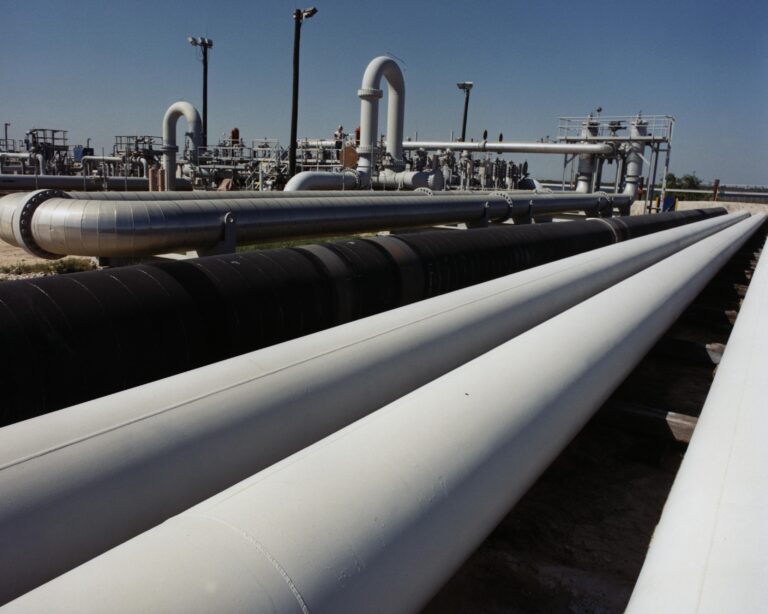When working with piping systems, understanding the relationship between Nominal Diameter (DN) and Outside Diameter (De) is crucial for accurate pipe selection, installation, and compatibility with fittings. This guide provides detailed insights into the DN and De relationship across different types of materials, including steel pipes and plastic pipes (PVC/PE/PPR).
What is Nominal Diameter (DN)?
Nominal Diameter (DN), also known as Nominal Pipe Size (NPS) in some standards, is a standardized term used to denote the size of a pipe. It is a nominal value rather than an exact physical measurement, primarily used for identification and specification purposes.
- DN does not directly represent the actual inside or outside diameter of the pipe.
- The actual dimensions, such as the outside diameter (De) and wall thickness, vary based on the material and design pressure.

Key Relationship Between DN and De
The outside diameter (De) of a pipe is the actual physical measurement and remains consistent for a given DN across various pressure classes. The wall thickness determines the inside diameter (Di) and is adjusted to meet different pressure ratings or standards.
1. DN and De for Steel Pipes
Steel pipes, including carbon steel and stainless steel types, follow standardized dimensions outlined in norms like GB/T 8163, ISO 4200, and ASME B36.10M. Below is a detailed DN-to-De relationship for steel pipes:
| Nominal Diameter (DN) | Outside Diameter (De, mm) |
|---|---|
| DN6 | 10.3 |
| DN8 | 13.7 |
| DN10 | 17.2 |
| DN15 | 21.3 |
| DN20 | 26.9 |
| DN25 | 33.7 |
| DN32 | 42.4 |
| DN40 | 48.3 |
| DN50 | 60.3 |
| DN65 | 76.1 |
| DN80 | 88.9 |
| DN100 | 114.3 |
| DN125 | 139.7 |
| DN150 | 168.3 |
| DN200 | 219.1 |
| DN250 | 273.0 |
| DN300 | 323.9 |
| DN350 | 355.6 |
| DN400 | 406.4 |
| DN450 | 457.2 |
| DN500 | 508.0 |
| DN600 | 610.0 |
| DN700 | 711.0 |
| DN800 | 813.0 |
Key Considerations for Steel Pipes:
- Constant De: The outside diameter (De) is standardized and does not change for a given DN.
- Variable Di: The internal diameter (Di) changes depending on the pipe’s wall thickness, which varies with pressure ratings (e.g., Schedule 40, Schedule 80).
- Applications: Steel pipes are widely used in industries for transporting water, oil, gas, and steam.
2. DN and De for Plastic Pipes (PVC/PE/PPR)
Plastic pipes are commonly used for water supply, sewage, and irrigation systems. Their DN and De relationship is governed by standards like GB/T 13663 and ISO 4427.
| Nominal Diameter (DN) | Outside Diameter (De, mm) |
|---|---|
| DN10 | 16 |
| DN15 | 20 |
| DN20 | 25 |
| DN25 | 32 |
| DN32 | 40 |
| DN40 | 50 |
| DN50 | 63 |
| DN65 | 75 |
| DN80 | 90 |
| DN100 | 110 |
| DN125 | 140 |
| DN150 | 160 |
| DN200 | 200 |
| DN250 | 250 |
| DN300 | 315 |
| DN350 | 355 |
| DN400 | 400 |
| DN450 | 450 |
| DN500 | 500 |
Key Considerations for Plastic Pipes:
- Pressure Ratings: Plastic pipes have different wall thicknesses based on their pressure class (PN ratings, such as PN10 or PN16).
- Weight and Corrosion Resistance: Lighter than steel pipes, they are non-corrosive and ideal for water systems.
- External Compatibility: The De is fixed for a given DN, ensuring compatibility with fittings and connectors.

3. Special Cases: Other Pipe Materials
Ductile Iron Pipes:
- Used in water supply and sewage systems, ductile iron pipes have larger wall thicknesses than steel or plastic pipes.
- Their De values are slightly higher than other pipe types for the same DN.
Copper Pipes:
- Copper pipes follow a separate sizing standard (e.g., Type K, Type L) and are often used in plumbing and HVAC systems.
Wall Thickness and Inside Diameter
To calculate the inside diameter (Di):
Di=De−2×Wall Thickness
- Steel pipes: Wall thickness varies by schedule or series (e.g., Sch.40, Sch.80).
- Plastic pipes: Wall thickness depends on the PN rating.

Conclusion
Understanding the relationship between DN and De is fundamental for selecting the right pipe size for your application. While DN is a nominal value for easy identification, De represents the actual outer dimension, ensuring compatibility across systems. When selecting pipes:
- Consider the material (steel, plastic, ductile iron, etc.).
- Review pressure ratings and wall thickness for specific applications.
- Refer to standardized DN-to-De tables for precise specifications.
If further details, such as wall thickness schedules or application-based recommendations, are needed, consulting specific standards like GB/T, ISO, or ASME is recommended.
